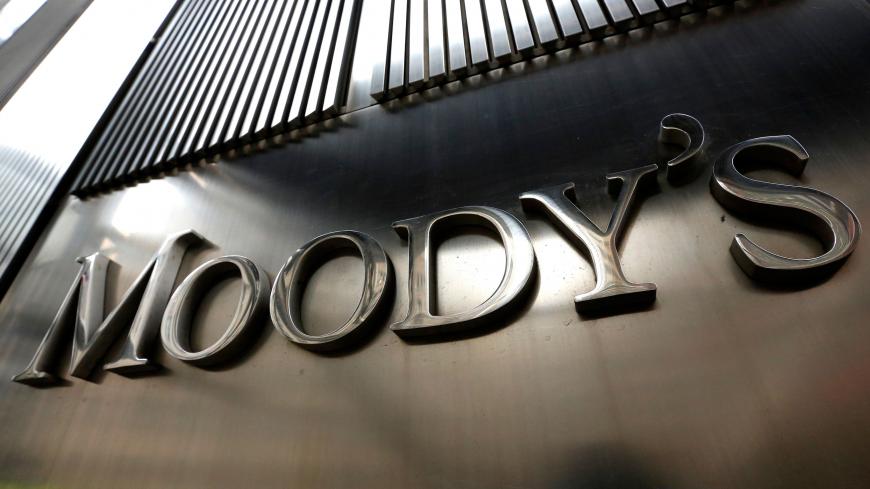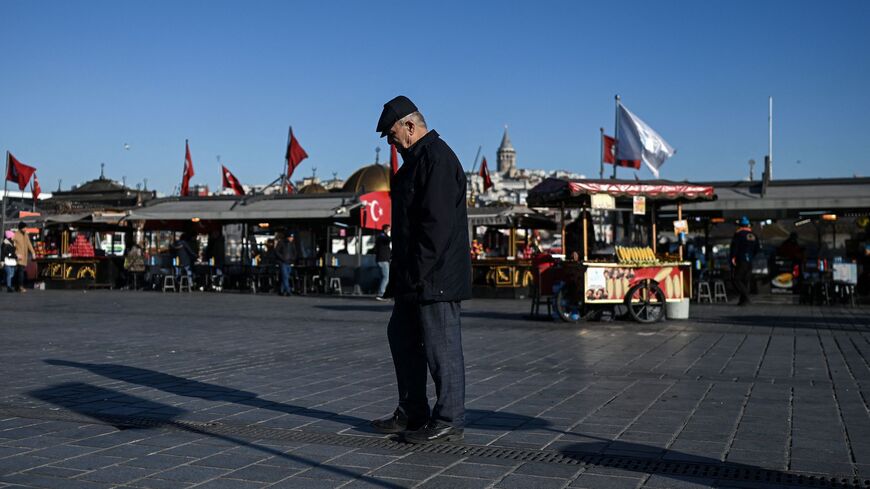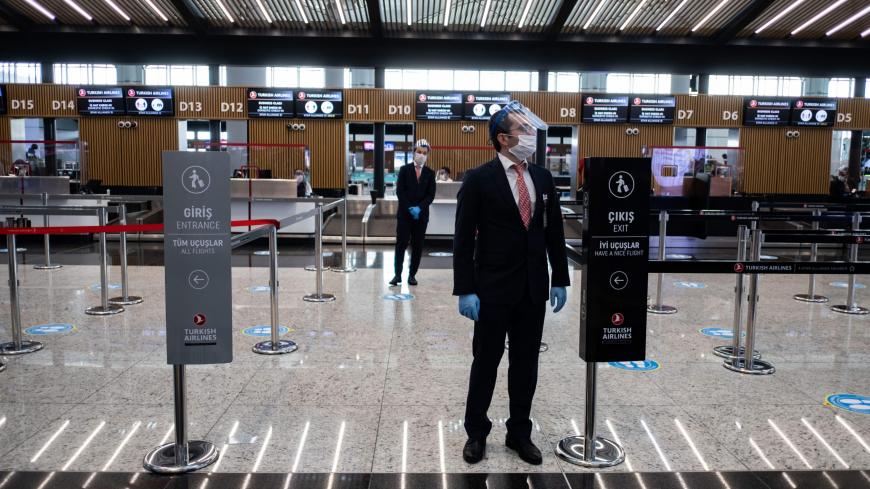Erdogan calls dollar and euro holders 'terrorists'
Turkey’s president has likened dollar and euro holders to terrorists armed with guns and bombs, deepening further the controversy on how the country will overcome its foreign-exchange crunch.

ANKARA, Turkey — The unstoppable rise of the dollar and the euro against the Turkish currency had the country’s president fuming last week. Speaking Jan. 12 in his palace, Recep Tayyip Erdogan claimed that economic warfare was behind the Turkish lira’s dramatic depreciation. “Everybody now sees and knows that the attacks Turkey is suffering have an economic dimension as well,” he said. “In terms of aims, there is no difference between a terrorist who has a gun and a bomb in his hands and those who have dollars, euros and interest rates. The aim is to bring Turkey to its knees, cow it into submission and take it away from its goals. They are using the foreign exchange as a weapon.”
Erdogan then urged Turkish businesspeople to revive investments, but his appeal sounded rather menacing. “I’d like to repeat my call on our business community: Today is the day to make investments, produce and increase employment. If you don’t take the risk today, you may not have anything left to risk tomorrow,” he said. Two days later he reiterated the same message during a ceremony at the Istanbul stock exchange.






